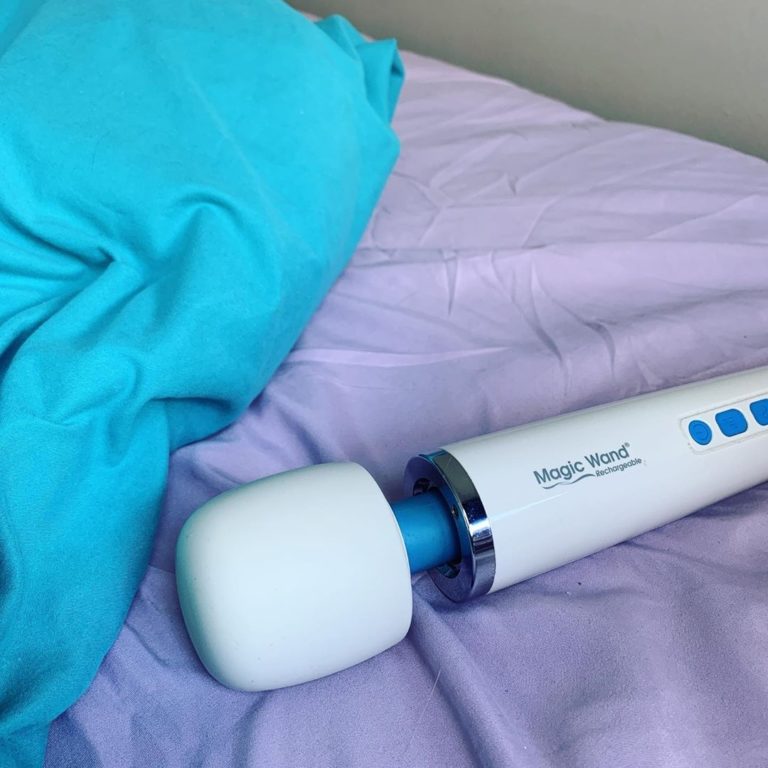
I recently quit my part-time social media job after 4 years of working there. I’ve long called this gig my “dayjob” because it did the thing for me that dayjobs do for creative types: it gave me a steady, reliable income that tethered me to the working world and afforded me the time, money, and brainspace to do my passion projects on the side. But in recent months, my “dayjob” had begun to bring in only about 7% of my total income, while taking up about a quarter of my working hours – and with book deadlines and health issues weighing heavily on me, I decided it was time to move on.
This was a challenging decision for me, in no small part because I have loved working at that company and with the people there, albeit remotely, these past 4 years. I had other resistances to leaving, though, and spent a whole hour discussing them with my therapist recently. I worried that my other projects would dry up, leaving me regretful to have quit – although there’s no evidence that will happen. I worried that without time-sensitive morning tasks to complete each weekday, I’d let my depression get the better of me, lazing about in bed into the afternoon. I worried that firm daily deadlines were the glue holding my life together, and that without them, I’d lack the conviction and self-direction to manage my time effectively.
But as my therapist reminded me, this is internalized ableism, internalized capitalism. The discourse around “laziness” is too often aimed at people whose systemic struggles and marginalizations are framed as personal failures. The freelancer community’s obsession with “hustling” is borne of capitalistic imperatives. A person’s “hustle,” or lack thereof, says nothing about their inherent value as a human being. Not all people have the same abilities; we can’t all hustle as hard as we think we “should.”
It feels shameful to admit that one of the reasons I quit my job was so I could rest more. I feel like I already rest a great deal, certainly more than my friends who work long hours at cafés or retail stores. But this mindset comes from holding myself to able-bodied standards despite being increasingly, invisibly disabled. My chronic pain and chronic fatigue are worse and more frequent than they’ve ever been. I often need a 3-hour nap just to get through the day, or to “catch up on sleep” into the luxuriant afternoon hours on weekends. The simple fact of living in a pain-wracked body is uniquely exhausting. I can’t pretend that away.
I have to banish culture-borne ideas of “laziness” in order to plan a schedule that actually works for my body and my brain. Now that I’ll soon be fully self-employed, with most of my deadlines being self-imposed or flexible, I can rearrange my schedule as needed to fit with my lifestyle and desires – something I’ve longed for my entire adult life. I’ve been fantasizing about “Weekend Wednesdays” and impromptu staycations and “the 4-hour work week.” It feels blissful, in the truest possible sense of that word, to envision the freedom my self-employment will now afford. And I know it is an enormous privilege, one that comes from my position in society as an educated white person as well as my many years of hard work to establish this lifestyle for myself. But I can’t shake the feeling that it’s wrong somehow to rest as much as I do, or as much as I want to. That I “should” work more, to “earn” the happiness I get from having a career that genuinely delights me.
My therapist told me, “You’re working as much as you comfortably can, and you’re earning enough money to live on. That’s all that matters here.” I felt my body relax when she said this. It’s so wild that capitalism instills in us, from birth, the belief that our work, our productivity, and our output are what define our value as human beings. Even sworn anti-capitalists sometimes still struggle to unlearn this. It’s as if we’ve forgotten that “jobs” and “careers,” as they are defined in modern times, did not always exist and do not need to exist. If human didn’t need to work in order to survive, what would we do instead? Would we make art, socialize, have sex, eat, drink, sleep, think? Would we feel fulfilled then? Would we feel we had done “enough” at the end of each day?
It’s impossible to say. But I’m working on accepting that my rest time is every bit as valid and important as my work time. When my achy, sleepy body demands a 1 p.m. nap, I need not admonish it or deny it. When my inner child pipes up to say that Wednesdays should be days off for playing in the sunshine, I can and should listen. When all I want, at a bone-deep level, is to stay in bed all day playing Pokémon games and listening to comedy podcasts, that’s likely a signal I should heed. This feels sinful and embarrassing to even type out. But that’s because it’s a new belief system for me, one that butts up against bullshit I’ve been inundated with my whole life.
We need rest to survive. That’s especially true for disabled folks. I feel no sensuality and sexiness in my body when my nose is constantly pressed to the grindstone. I get precious little joy from life when my every waking minute is mired in work and worry. I have no time or energy left over for the fun things, or even the necessary things, when work swallows me whole.
Rest is crucial. Not all of us have the ability, or the privilege, to honor that fact and live it out fully. But don’t let anyone tell you it’s not. You deserve the rest you need – and the rest you want.

 Cute tops help me feel like a human even when my body isn’t cooperating. I’ve recently sought out
Cute tops help me feel like a human even when my body isn’t cooperating. I’ve recently sought out  Cashmere sweaters are super comforting and cozy. They especially help me when cold weather is causing pain flare-ups; one day I’d love to own a pair of cashmere leggings for similar reasons (feel free to recommend some in the comments!).
Cashmere sweaters are super comforting and cozy. They especially help me when cold weather is causing pain flare-ups; one day I’d love to own a pair of cashmere leggings for similar reasons (feel free to recommend some in the comments!). 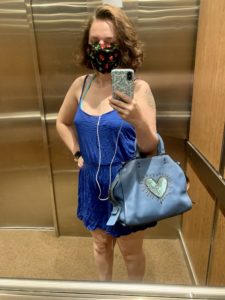 Jumpsuits and rompers are best for those days when I just can’t be bothered with separates.
Jumpsuits and rompers are best for those days when I just can’t be bothered with separates. 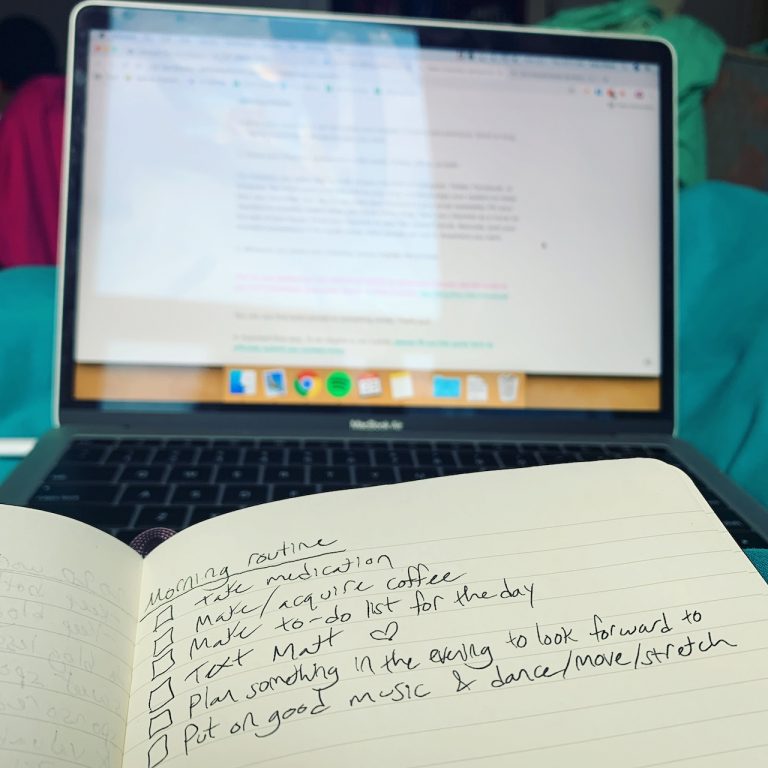
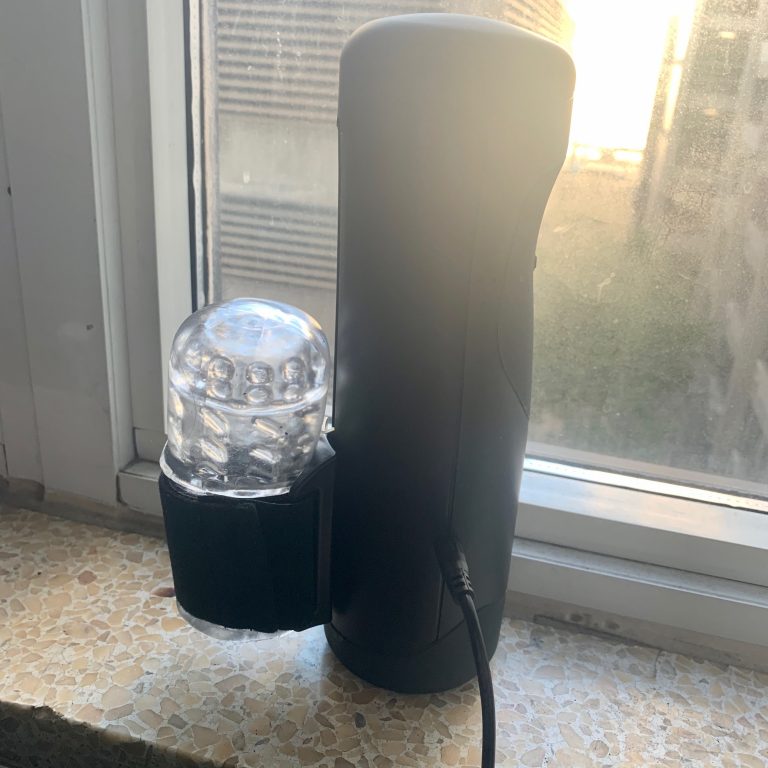
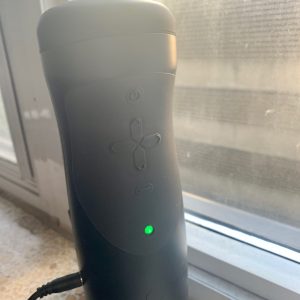 What I love about this toy, as a “handjob top,” is how much control it gives me. When I use my hands on a partner’s cock, I’m not just altering the speed, I’m also altering the length and location of my strokes – so I’m glad to have a toy that can approximate that, however clunkily compared to the nuance of skilled hands. The “left and right” buttons on the control unit are for speed, and the “up and down” buttons control the stroke length; everything is close together, so I barely have to move my hand or expend any muscle energy when I’m using this toy.
What I love about this toy, as a “handjob top,” is how much control it gives me. When I use my hands on a partner’s cock, I’m not just altering the speed, I’m also altering the length and location of my strokes – so I’m glad to have a toy that can approximate that, however clunkily compared to the nuance of skilled hands. The “left and right” buttons on the control unit are for speed, and the “up and down” buttons control the stroke length; everything is close together, so I barely have to move my hand or expend any muscle energy when I’m using this toy.